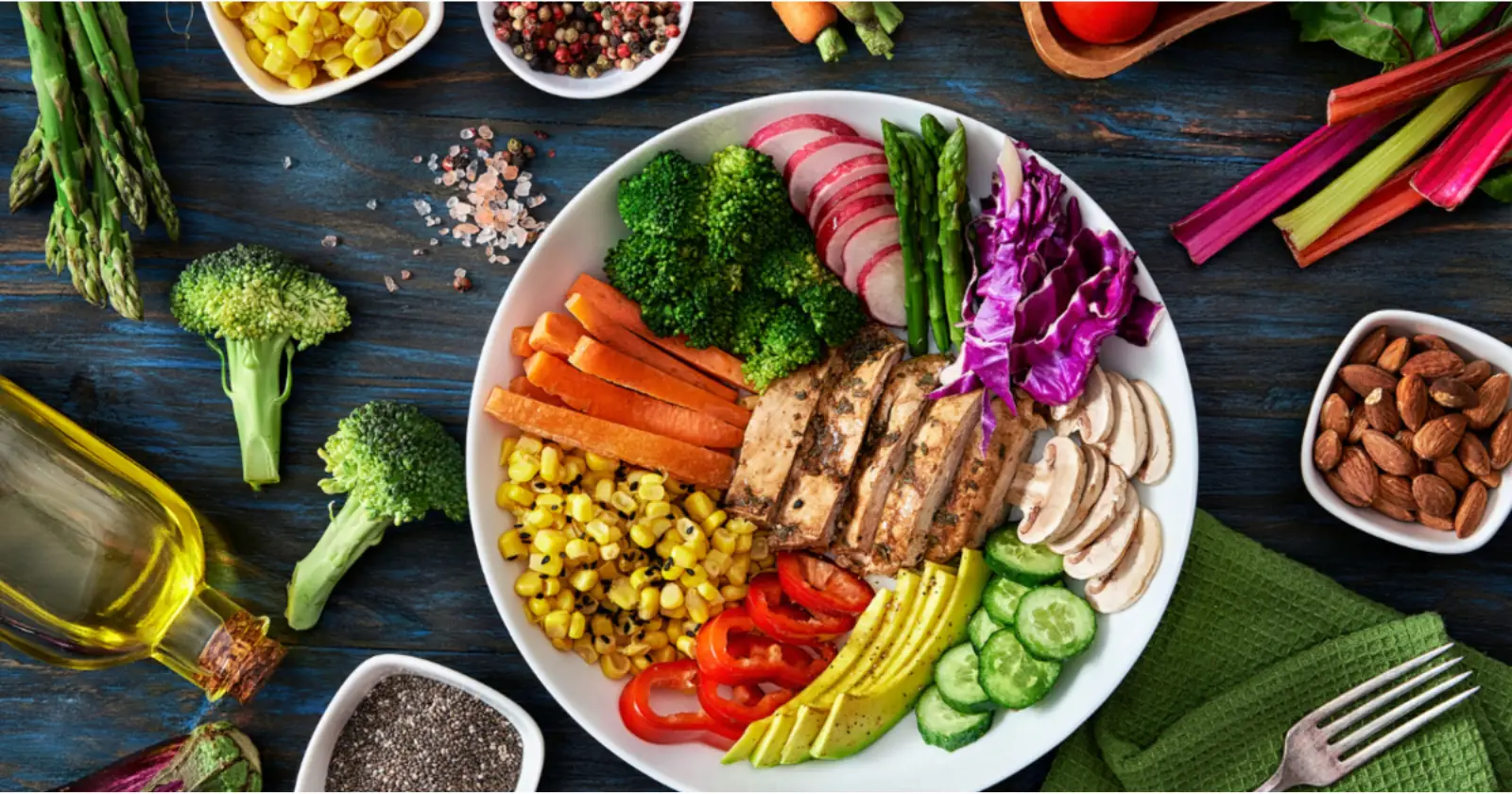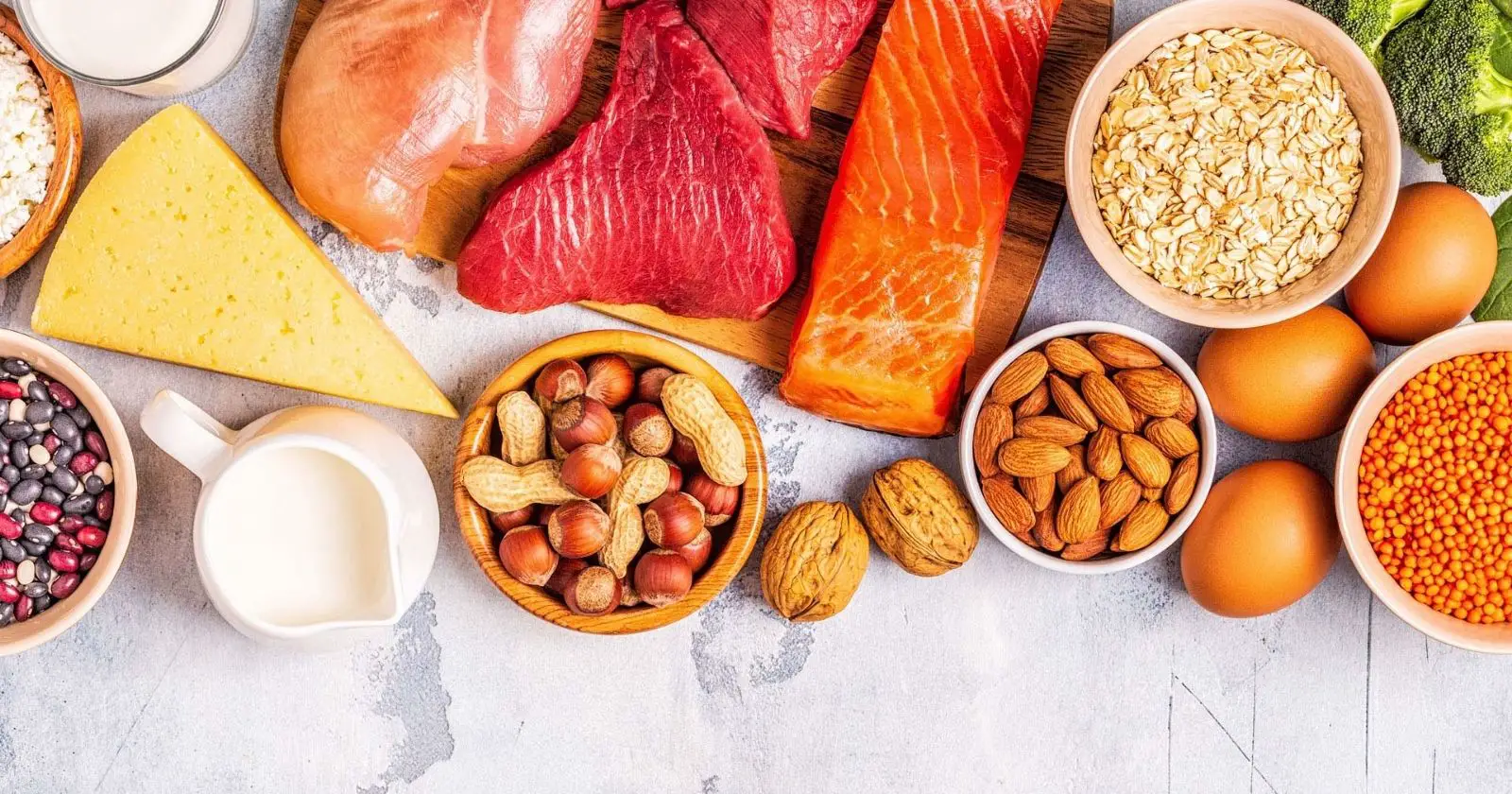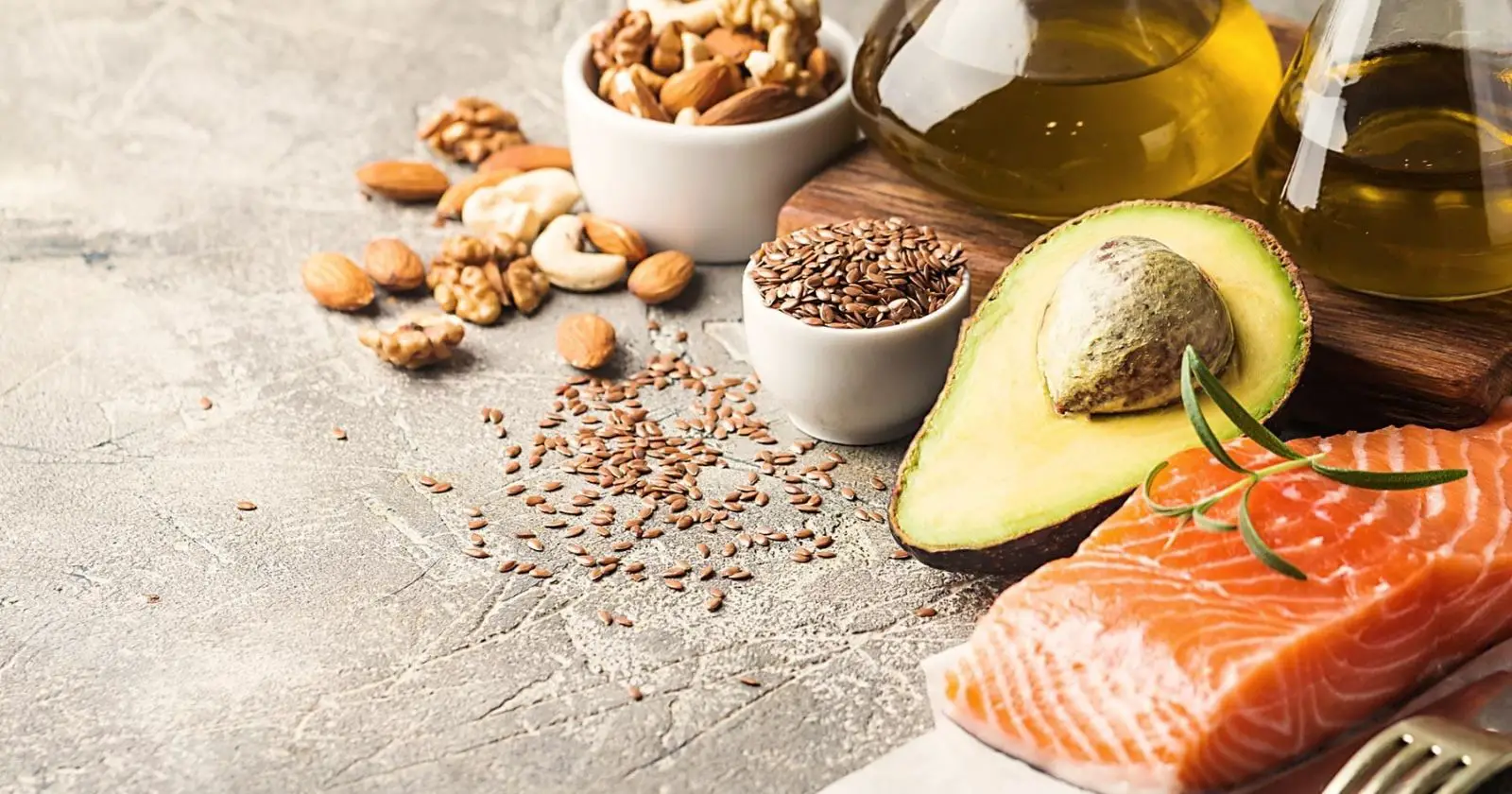Carb cycling is a dietary approach that has gained popularity in recent years for its potential to help with weight loss. It involves alternating between high-carb and low-carb days to manipulate your body’s metabolism and optimize fat burning. If you’re looking to shed some extra pounds and improve your body composition, carb cycling may be worth considering.
To understand how carb cycling works, it’s important to first understand the role of macronutrients in your diet. Carbohydrates, proteins, and fats are the three main macronutrients that make up your diet. Each macronutrient has a different effect on your body and metabolism, and understanding how they work together is key to effective carb cycling. By strategically adjusting your carbohydrate intake, you can manipulate your body’s energy systems to burn more fat and preserve muscle mass.

To plan your carb cycling diet, you’ll need to determine your daily calorie needs and macronutrient ratios. This involves calculating your basal metabolic rate (BMR) and adjusting for your activity level, goals, and body composition. Once you have your calorie and macronutrient targets, you can create a meal plan that alternates between high-carb and low-carb days to achieve your desired results. However, it’s important to note that carb cycling may not be suitable for everyone and can come with potential risks and drawbacks.
Key Takeaways
- Carb cycling is a dietary approach that involves alternating between high-carb and low-carb days to optimize fat burning and preserve muscle mass.
- Understanding the role of macronutrients in your diet is key to effective carb cycling.
- Planning your carb cycling diet involves determining your daily calorie needs and macronutrient ratios, creating a meal plan, and being aware of potential risks and drawbacks.
Understanding Carb Cycling
Carb cycling is a dietary approach that involves alternating carbohydrate intake on a daily, weekly, or monthly basis. The idea behind carb cycling is to manipulate the body’s fuel sources to optimize performance, body composition, and weight loss.
Carbs are an essential macronutrient that provides energy to the body. When you consume carbohydrates, your body breaks them down into sugars and starches, which are then used as fuel for energy. However, if you consume more carbs than your body needs, the excess is stored as fat.
Carb cycling involves alternating between high-carb days and low-carb days to manipulate the body’s glycogen stores and burn fat. On high-carb days, you consume more carbohydrates to replenish your muscle glycogen stores and provide energy for physical performance. On low-carb days, you consume fewer carbohydrates to burn fat and improve insulin sensitivity.

The amount of carbohydrates you consume on high-carb days and low-carb days will depend on your daily calorie needs and your goals. Typically, high-carb days involve consuming around 2-3 grams of carbs per pound of body weight, while low-carb days involve consuming around 0.5-1 gram of carbs per pound of body weight.
Carb cycling can be a flexible approach to dieting, allowing you to adjust your carbohydrate intake based on your energy needs and goals. It can also be a useful tool for refeeding after a period of low-carbohydrate dieting, which can help improve insulin sensitivity and prevent metabolic adaptation.

Some potential benefits of carb cycling include improved athletic performance, increased metabolism, and improved body composition. However, it is important to note that carb cycling may not be suitable for everyone, especially those with insulin resistance or other medical conditions. It is also important to plan your carbohydrate intake carefully to avoid confusion and ensure you are consuming enough healthy fats to meet your daily calorie needs.
The Role of Macronutrients in Carb Cycling
When it comes to carb cycling, it’s essential to understand the role of macronutrients in your diet. Macronutrients are the nutrients that your body needs in large amounts, including carbohydrates, protein, and fats. Each macronutrient plays a crucial role in your body, and balancing them correctly is essential for optimal health and body composition.
Carbohydrates
Carbohydrates are your body’s primary source of energy, and they are essential for fueling your workouts and daily activities. On high-carb days, you’ll want to consume complex carbs like whole grains, fruits, and vegetables. These foods will help you feel full and satisfied while providing the energy you need to power through your workouts.
Protein
Protein is essential for building and repairing muscle tissue. When you’re carb cycling, it’s essential to maintain a high protein intake to preserve muscle mass and support muscle growth. Foods like chicken, eggs, salmon, and beans are great sources of protein that you can incorporate into your meal plan.

Fats
Fats are essential for hormone production, brain function, and nutrient absorption. On low-carb days, you’ll want to consume healthy fats like avocados, nuts, and seeds. These foods will help keep you feeling full and satisfied while providing your body with the nutrients it needs.

Balancing Your Macronutrients
When carb cycling, it’s crucial to balance your macronutrients correctly. A registered dietitian can help you determine the right balance of carbs, protein, and fats for your body and goals. By balancing your macronutrients, you can ensure that you’re getting the nutrients you need while still creating a calorie deficit for fat loss.
Conclusion
In summary, macronutrients play a crucial role in carb cycling. By balancing your carbs, protein, and fats correctly, you can fuel your workouts, preserve muscle mass, and support fat loss. If you’re new to carb cycling, consider working with a registered dietitian to help you create a meal plan that meets your needs and goals.
Planning Your Carb Cycling Diet
If you’re thinking about starting a carb cycling diet, it’s important to plan your meals in advance. This will help you stay on track and make sure you’re getting the right amount of macronutrients each day.
To begin, determine how many grams of carbs per day you should consume on high-carb days and low-carb days. This will depend on your goals, activity level, and current weight. A general rule of thumb is to consume around 2-3 grams of carbs per pound of body weight on high-carb days and 0.5-1 gram of carbs per pound of body weight on low-carb days.

When planning your meals, focus on whole, nutritious foods like lean proteins, healthy fats, and complex carbohydrates. This can include foods like brown rice, oatmeal, sweet potato, mixed vegetables, tomatoes, broccoli, shrimp, and lean meats.
On high-carb days, aim to consume around 40-50% of your daily calories from carbohydrates, while on low-carb days, aim for around 10-15%. It’s also important to pay attention to your fat intake, as this can impact your hormone levels and insulin sensitivity.
If you’re an endurance athlete or regularly engage in high-intensity exercise, you may need to consume more carbohydrates to fuel your workouts and replenish muscle glycogen stores. In this case, you may benefit from refeeding or incorporating more high-carb days into your diet.
Tracking your macros and daily calorie intake can also be helpful in ensuring you’re meeting your nutritional needs and staying within your target carb range. This can be done on a daily, weekly, or monthly basis, depending on your preferences.
Overall, a well-planned carb cycling diet can potentially offer benefits for weight loss, physical performance, and insulin sensitivity. However, it’s important to consult with a healthcare professional before starting any new diet, especially if you have a history of eating disorders, insulin resistance, or heart disease.
Benefits and Risks of Carb Cycling
Carb cycling is a diet strategy that alternates between high-carb and low-carb days. This approach is believed to help with weight loss, body composition, and athletic performance. Here are some of the potential benefits and risks of carb cycling:
Benefits
- Weight loss: Carb cycling may help you lose weight by creating a calorie deficit. By alternating between high-carb and low-carb days, you may be able to burn more calories than you consume, leading to weight loss.
- Body composition: Carb cycling may help you reduce body fat while preserving muscle mass. By cycling your carb intake, your body may burn more fat for fuel while sparing muscle glycogen.
- Athletic performance: Carb cycling may help you perform better during exercise by providing your body with the right fuel at the right time. By having high-carb days before intense workouts, you may be able to improve your exercise performance and recovery.
- Flexibility: Carb cycling allows for flexibility in your diet. You can plan your high-carb and low-carb days to fit your schedule and preferences.
Risks
- Confusion: Carb cycling can be confusing and difficult to follow. It requires careful planning and tracking of your carb intake.
- Eating disorder risk: Carb cycling can be risky for individuals with a history of disordered eating. It can lead to an unhealthy relationship with food and a preoccupation with tracking and restricting carb intake.
- Weight loss plateau: Carb cycling may not be effective for everyone. Some people may experience a weight loss plateau or have difficulty sticking to the diet long-term.
- Potential health risks: Carb cycling may not be suitable for everyone, especially those with type 2 diabetes or insulin resistance. It may also lead to high cholesterol levels if high-carb days are not balanced with healthy fats and proteins.
Overall, carb cycling can be a useful tool for weight loss and athletic performance when done correctly. However, it may not be suitable for everyone and should be approached with caution. If you are considering carb cycling, it is important to consult with a healthcare professional and create a well-balanced meal plan that meets your individual needs.
Frequently Asked Questions
How often should you carb cycle for weight loss?
The frequency of carb cycling for weight loss depends on your goals and lifestyle. Some people prefer to cycle carbs on a daily basis, while others find it more effective to cycle carbs every few days. It’s important to experiment with different cycling schedules to see what works best for you.
Does carb cycling speed up metabolism?
Carb cycling has the potential to speed up metabolism by increasing insulin sensitivity. When you cycle carbs, your body becomes more efficient at using carbohydrates for energy, which can lead to a faster metabolism. However, the extent to which carb cycling speeds up metabolism varies from person to person.
What are some high-carb day foods for carb cycling?
On high-carb days, it’s important to focus on complex carbohydrates that are high in fiber and nutrients. Some examples of high-carb day foods include sweet potatoes, quinoa, brown rice, whole grain bread, and fruits like bananas and berries. It’s also important to pair these foods with lean protein sources to help balance blood sugar levels.
For a detailed look at nutritional guidelines, check out the US Dietary Guidelines.
Want a great workout to go with your carb cycling diet, checkout this blog on HITT.

